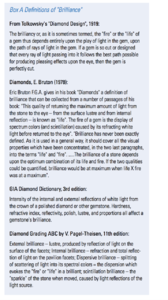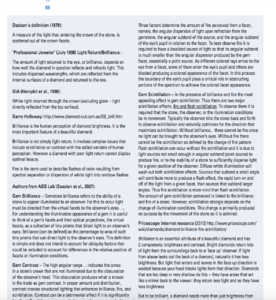- Joined
- Apr 25, 2014
- Messages
- 8,225
Do check out @diagem's ASET images of the 'vintage-y asscher' that @Jimmianne purchased from him:And to get rid of my misconceptions I would love to see a diamond of any shape using leakage as a part of amazing light performance. If possible together with a similar stone without a leakage and worse light performance...
https://www.pricescope.com/communit...-code-name-mildred.236249/page-6#post-4337522
and also his explanation in the linked thread.
As you can see from the tilt-angles in the ASET images, there is leakage / tilt-windowing on some facets at some angles, but it is not huge areas that are see-through, just selected facets, which helps create the overall contrast and brightness patterns and the visual interest. Jimmianne has posted several pictures and videos, and as per the linked thread in diagem's post above, she has stated that it really is a 'visually interesting' diamond
I think that is the one key element of the discussion - if consumer understanding is that leakage = bad (because ASET, IS, H&A, etc. have promoted strong light return across the whole stone as the best cutting available) then how do we communicate the beauty that can be seen in stones such as Jimmianne's if the current light-performance-based assessment suggests they are 'not good'?





300x240.png)